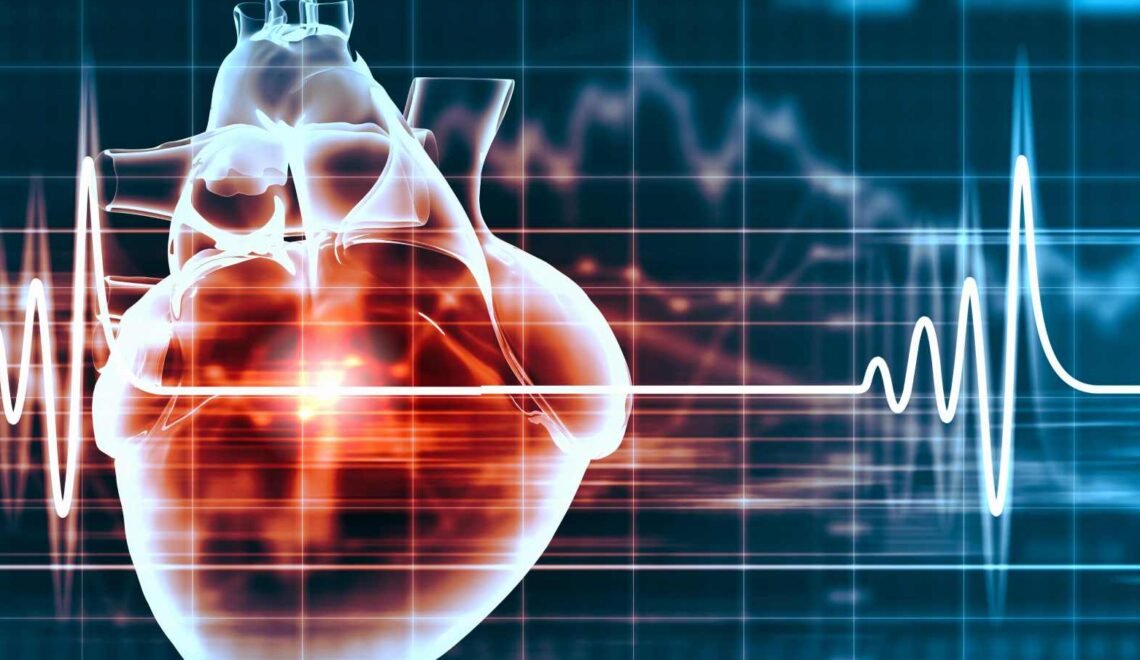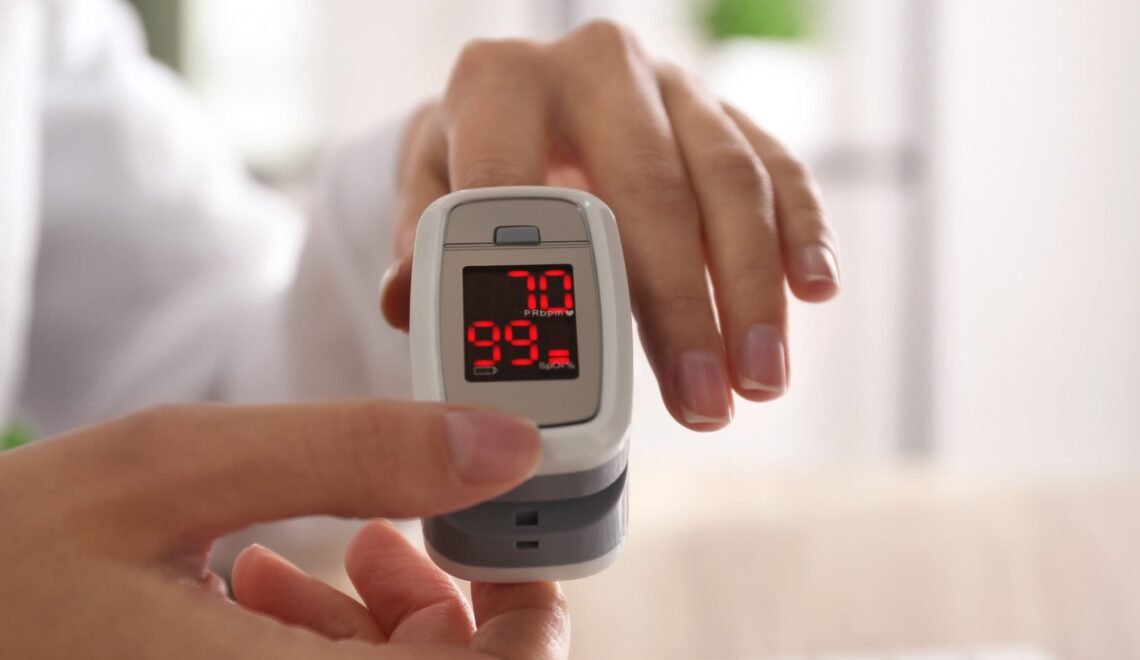
Are Heart-Rate & Pulse-Rate the same?
Although related, the concepts of heart rate and pulse rate are distinct. Heart rate is the frequency with which the heart beats; this is typically measured per minute. On the other hand, pulse rate is the feeling of the heart beat, as the heart pumps blood through arteries. Pulse rate is usually felt near areas such as the carotid artery at the neck, the radial artery at the wrist, and the brachial artery inside the elbow; though, medical professionals may use other areas to feel the pulse.
Average Heart Rate
As all humans distinct so too will their heart rates differ based on gender, geographic location, age, fitness levels and even lifestyles.
But for adults there are a few metrics that can be followed to establish the fitness level and how it changes over time.
- Maximum Heart-Rate – it is the beats/minute the heart can achieve without causing serious damage. Subtracting your age from 220 gives an approximate value for the maximum heart-rate. Ex, a 30 year old can have a maximum heart-rate of (220-30)=190.
- Resting Heart-Rate – This measurement is taken when the body is completely relaxed and is a good way of understanding the general health and aerobic fitness level. To measure resting heart-rate, it has to be measured the first thing in the morning. The resting heart-rate, for healthy adults, is between 60-90bps (beats/minute).
- Sleeping Heart-Rate: Though the sleeping heart-rate does not provide much information about the genera health, it does provide a window into length and disruptions of the sleep cycle.
- Heart-Rate Zones: There are five zones, zone 1-5. They are closely linked to aerobic & anaerobic thresholds. Heart-Rate zones are measured as the percentage of maximum heart-rate.
| Zone | Intensity | Percentage of Max Heart-Rate |
| Zone 1 | Very Light | 50-60% |
| Zone 2 | Light | 60-70% |
| Zone 3 | Moderate | 70-80% |
| Zone 4 | Hard | 80-90% |
| Zone 5 | Maximum | 90-100% |
Table – Courtesy of polar.com
Heart-Rate has a constant variation, which in physiological terms is called as Heart Rate Variability. This measurement is taken in milliseconds and is the time taken between two consecutive heart beats. A high heart rate variability is usually sign of a healthy heart.



